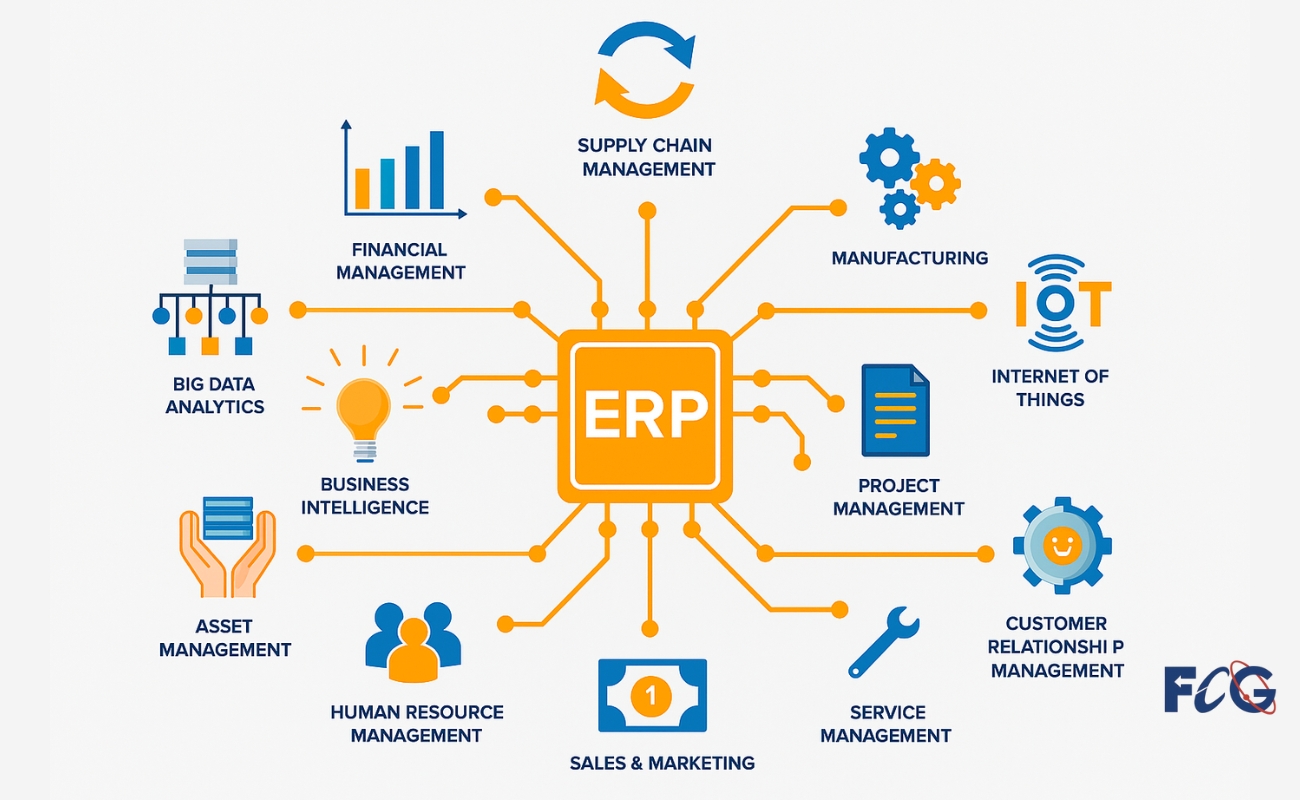The Ultimate Guide to WordPress Theme Development for Beginners
WordPress is the most popular content management system (CMS) globally, known for its ease of use, flexibility, and extensibility. Whether you’re building a blog, a business website, or an online store, WordPress enables you to customize every aspect of your site. One of the key ways to stand out is by developing your WordPress theme. But for beginners, it can seem daunting. This guide will walk you through the basics of WordPress theme development, providing insights and practical tips to get started.
What is WordPress Theme Development?
At its core, WordPress theme development is the process of designing, coding, and customizing a theme for your WordPress site. A theme defines the visual presentation and structure of a website. It includes elements such as layout, color schemes, typography, and the overall user experience.
Themes can be pre-built, but creating your own gives you complete control over how your website looks and functions. With the ability to create custom templates and add specialized features, developing your theme allows for a unique and tailored user experience.
Why Should You Learn WordPress Theme Development?
There are several reasons to consider learning WordPress theme development:
- Customization: By developing your theme, you gain the flexibility to create a website that aligns with your brand or personal style. You won’t have to rely on pre-designed themes that might not fit your needs.
- Better Control: You’ll have full control over your website’s design and functionality, ensuring that your site meets all your specific requirements.
- Improved User Experience: When you create your own theme, you can optimize it for better user interaction and a smoother experience, making your site easier to navigate.
- Career Opportunities: If you’re considering a career in web development, learning WordPress theme development can make you an attractive candidate to potential employers or clients, especially for businesses looking to hire dedicated WordPress developers.
- Cost Efficiency: Developing your theme can save you money compared to purchasing premium themes or hiring a developer.
What Are the Basics You Need to Know?
Before you dive into theme development, there are a few essential concepts and technologies you need to familiarize yourself with:
- HTML and CSS: These are the building blocks for designing and styling your site. HTML is used for structure, while CSS controls the visual layout.
- PHP: WordPress is built on PHP, which is a server-side scripting language that allows you to create dynamic content. Understanding the basics of PHP is crucial for theme development.
- JavaScript: For adding interactive elements like sliders, dropdowns, or image galleries, you’ll need to understand JavaScript.
- WordPress Structure: WordPress operates with a specific structure that you need to understand, including how themes are organized, how plugins work, and how WordPress functions like loops and template tags function.
- The WordPress Dashboard: You should be comfortable navigating the WordPress admin area, as it’s where you’ll activate and customize your theme, install plugins, and manage content.
Steps to Start Developing Your WordPress Theme
Now that you understand the basics, here’s how you can start creating your first WordPress theme:
1. Set Up a Local Development Environment
Before developing your theme, you need a local WordPress installation where you can test your theme. You can set up WordPress on your computer using tools like Local by Flywheel, MAMP, or XAMPP. This lets you make changes to your theme in a safe environment without affecting a live site.
2. Create a New Theme Folder
Once your local WordPress environment is ready, go to the wp-content/themes/ directory in your installation. Here, create a new folder for your theme, giving it a unique name (e.g., my-first-theme). This folder will house all the files related to your theme.
3. Customize the Appearance
Start by deciding on the look and feel of your theme. Think about layout elements such as:
- Header and Footer: The header often includes navigation menus, logos, and branding. The footer typically contains copyright information, contact links, and additional navigation options.
- Sidebar: Many themes feature sidebars for widgets like recent posts, categories, and search bars.
- Homepage: This is often the most customized part of a theme, where you decide on layouts such as grids, hero images, or featured content.
4. Plan Your Theme Structure
WordPress themes are made up of several template files that control different aspects of your site’s design. Common template files include:
- header.php: Contains the header portion of the theme.
- footer.php: Contains the footer portion of the theme.
- index.php: The default template for your theme.
- single.php: Used for displaying individual posts.
- page.php: Displays pages such as About or Contact pages.
5. Make It Mobile-Friendly
Responsive design is crucial in today’s digital world, as more people access websites through mobile devices. Make sure your theme looks great on all screen sizes by using CSS media queries to adjust the layout for different devices.
6. Add WordPress-Specific Features
WordPress has several built-in features that you can integrate into your theme to enhance functionality. Some of the most common features include:
- Custom Menus: WordPress allows you to create custom navigation menus, which you can incorporate into your theme.
- Widgets: These are small content blocks that users can add to their site, such as calendars, social media feeds, or search bars. Define widget areas in your theme to let users customize their site.
- Theme Customizer: WordPress provides a theme customizer that lets users adjust settings like colors, fonts, and logos. Add custom settings to the theme customizer to allow for easy customization.
7. Test Your Theme
After developing your theme, it’s important to test it. Check for responsiveness, compatibility with different browsers, and performance. Use tools like Google Lighthouse to assess speed and accessibility.
8. Launch Your Theme
Once your theme is ready, you can upload it to your WordPress site. If you’re working on a live site, you can upload your theme via the WordPress admin area or directly through FTP.
When to Hire Dedicated WordPress Developers
While learning WordPress theme development is an excellent skill, there might be times when you need professional help. For example, if you want a more complex or feature-rich theme, or if you’re short on time, hiring dedicated WordPress developers is a great option.
A WordPress Website Development Company can offer tailored solutions, ensuring that your theme not only looks stunning but also functions optimally. Whether it’s implementing advanced customizations, ensuring high performance, or integrating third-party tools, a dedicated development team can bring your vision to life faster and more efficiently than a DIY approach.
Tips for Beginners
- Start Simple: Don’t try to create an overly complex theme in the beginning. Begin with a basic design and add complexity as you become more comfortable with the process.
- Use Starter Themes: Frameworks like Underscores are great starting points. They provide a clean slate, which can save you time as you develop your theme.
- Leverage WordPress Codex and Tutorials: The WordPress Codex is an invaluable resource, as are online tutorials, forums, and communities like Stack Overflow.
- Stay Updated: WordPress is constantly evolving. Make sure to stay up to date with the latest features, functions, and best practices in theme development.
Conclusion
Learning WordPress theme development is an exciting and rewarding journey. By starting with the basics, understanding the core concepts, and following a structured development process, you’ll be on your way to creating custom themes that perfectly suit your needs. When the time comes to take your project to the next level, don’t hesitate to hire dedicated WordPress developers to professionally bring your ideas to life.














Post Comment